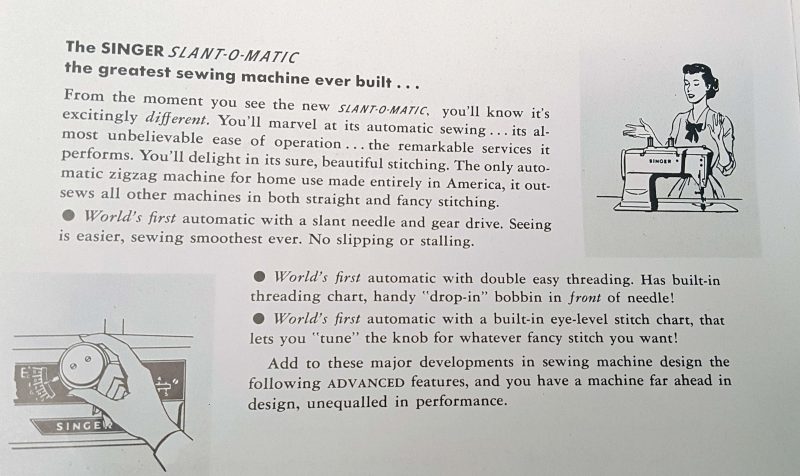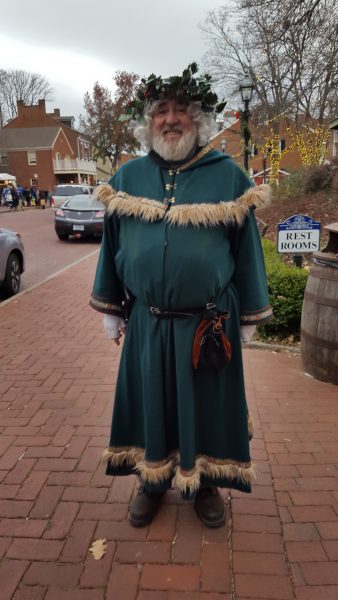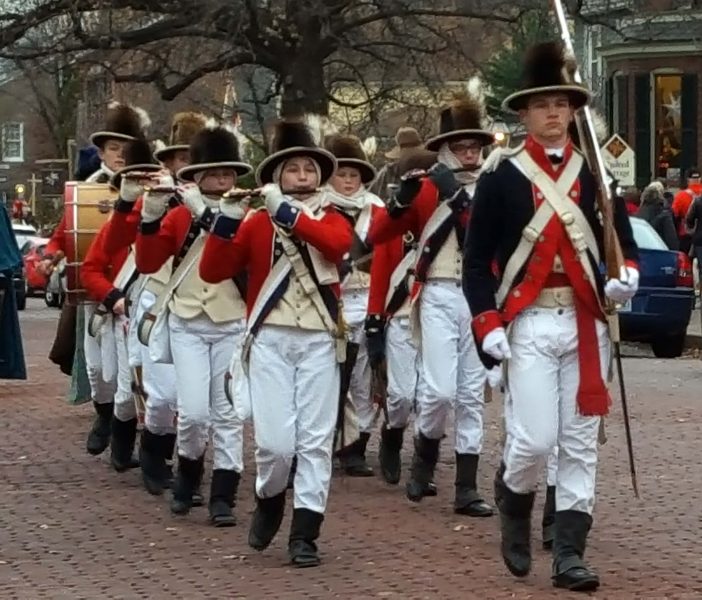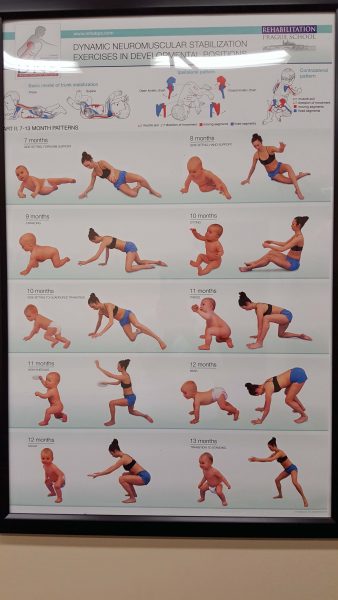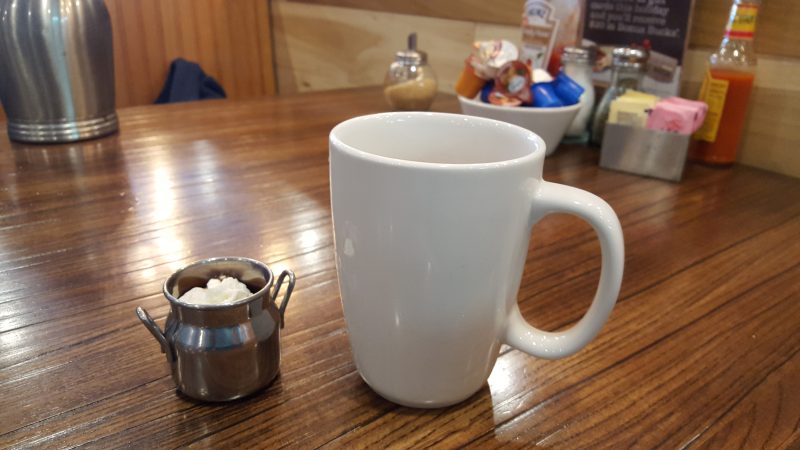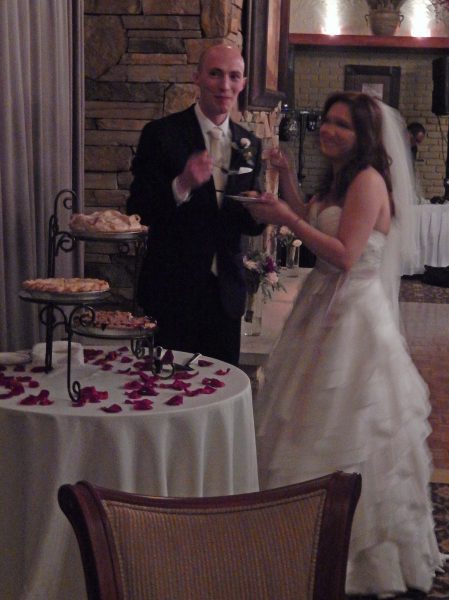When I received an invitation to Katie’s baby shower, I thought it would be fun to use some frequent flier miles to attend the event. I called Katie’s mom and Thom to make arrangements for airport shuttling and sleeping, and they both thought I should surprise Katie, because she wouldn’t be expecting me.
I flew to Seattle on Saturday. Katie’s parents, Scott and Carmen, picked me up at the airport and I stayed at their house overnight. As shower time approached Sunday afternoon, Carmen suggested that when we saw Katie’s car coming up the driveway, I should go to the bedroom and wait a few minutes, then “mosey” out and see how long it would take Katie to notice me. It took her less than five seconds, even though I was trying to be inconspicuous.
This was the most elaborate baby shower I’ve ever attended. I admit that it’s been many years since I was at a baby shower, but they used to be much simpler: chairs in a circle, women friends and family members, gifts for the mom-to-be, and dessert. This shower included a plethora of decorations, including signs, banners, decorated clipboards for the obligatory shower games, and decorated gift bags for the guests. In addition to what’s in the picture below, there were also banners hung on the windows, decorative strings of pine cones, table decorations, and a photo wall. Whew!

A few of the decorations: “Mountains” on the cabinet top, a hand-made sign for the “Don’t Say Baby” game, a handmade sign on the fireplace with a chain of mountains and clouds below it, and another handmade sign between the fireplace and the door that said “You are our greatest adventure.”
The menu included chili, chicken salad croissants, a veggie tray, a cheese and cracker tray, cake and cupcakes, and a variety of beverages. This is a lot more than dessert and coffee! Carmen was the head chef and did an awesome job. Everything was delicious.
We played the bare minimum of shower games at Katie’s request. She did not want to guess the baby food, etc. (Thank you, Katie. You’re a woman after my own heart.) I counted thirty-one women present, but they kept moving around, so I could be off by one or two. It followed that there was a huge pile of baby gifts and all of them were very nice.
Ted and I bought a few baby toys for the shower, but I decided to go mainly with heirloom gifts. I opened the boxes of baby things I’ve saved, and I pulled out the lion quilt and the yellow knitted blanket I made for Thom. I also selected a white blanket my mom made on her knitting machine and two sweaters she knit for my babies. She knit the hooded striped sweater for Thom, and the white one with the matching cap for Kathy. Katie asked for baby books instead of cards, so I brought one of Tom’s favorites: The Read It Yourself Storybook. Thom wrote his name on the pages (he was Tommy at that time) and, inside the book, I had noted that he received it from his Uncle Tom and Aunt Jo for his fourth birthday.

Gifts from the baby’s great-grandma, its grandma, and its father

Yes, I remember when he was Tommy, not Thom.
Katie just unbagged the lion quilt. Thom loved this quilt. Several of the women at the shower told me later that it was really thoughtful of me to give away my baby things, because we often find them hard to part with. (If this weren’t true, I wouldn’t still have them in boxes when my baby is in his late thirties.) They also commented on the good condition of everything. When she saw the tiny knitted baby cap, Katie became a little bit tearful at the thought that she will soon be holding someone who is that small. It was a very touching moment at the shower.
. . . and then it was time to eat cake and cupcakes and to take pictures at the photo wall. There was a designated official photographer who took pictures and printed them on the spot.

Katie with the grandmas-to-be
After the shower, we loaded the gifts into Katie’s car and went to her house. Thom and Julian helped unload the car and then Thom started making dinner. (What a good thing I taught him to cook.) After dinner, while Katie showed Thom all the gifts, I had some one-on-one time with Julian.
All too soon, it was Monday morning. I hugged Julian good-bye when he left for school, and Thom and Katie took me to the airport before going to work. My flight home was uneventful, and I was glad to see Ted again. It was fun to be a part of Katie’s baby shower and I’m glad I could go, even if I was there for a only little while. Ted and I will stay longer when we go to Seattle to meet our eighth grandchild, who is due to be born January 2–or whenever it chooses.
P.S. There were rain showers outside throughout my short visit. It’s Seattle.

